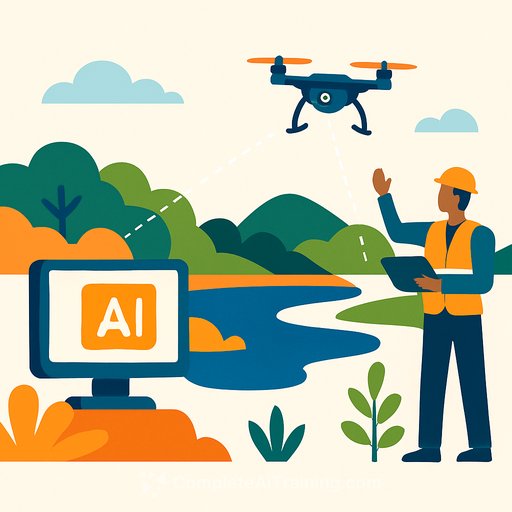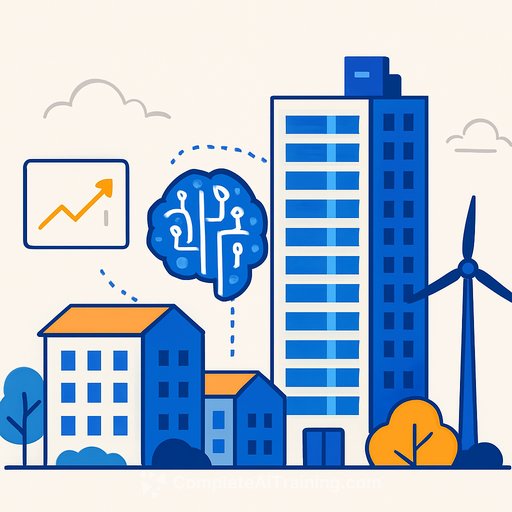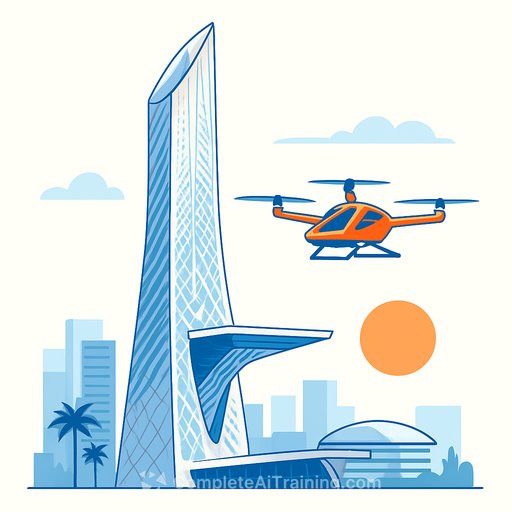Gurugram to monitor 181 ponds with AI and drones: What it means for real estate and construction
Gurugram's civic body will place data for all 181 city ponds on a public portal and monitor them using AI and drone surveys. Each pond will have high-resolution imagery, mapped boundaries, depth profiles, and inflow sources accessible on the Municipal Corporation of Gurugram (MCG) website.
The field survey is complete; a detailed drone-mapping cycle starts later this month. Expect an always-on view of pond boundaries and activity around them.
How the monitoring system works
Drones will capture multi-angle images of each pond. An AI layer will compare real-time drone and satellite imagery against baseline digital maps and geo-tagged records stored on the MCG portal.
If it detects boundary shifts, fresh construction, levelling, or a drop in water spread, it will flag an anomaly and push an instant alert to an MCG dashboard used by engineers and enforcement teams. Vendor details are pending, but the workflow is clear: detect early, verify fast, act immediately.
Encroachment status: risk is visible now
Out of 181 ponds, 65 already have encroachments - from religious and community structures to residential and commercial use. Some sites even host liquor shops, pumping stations, and parks on pond land.
Examples cited include a councillor's office at a pond site in Chakkarpur, and pond areas taken over by Harijan Colony in Sarai Alawardi and parts of Feroz Gandhi Colony. Basai pond has also seen encroachments.
Why developers, contractors, and asset owners should care
With boundary-change alerts tied to enforcement, illegal filling or construction near ponds is more likely to be flagged quickly. Title mistakes and boundary creep will carry higher cost and shutdown risk.
On the upside, the city plans to deepen dried or flattened ponds to store rainwater and recharge groundwater - important for sites battling high runoff and shallow water tables during monsoon season. Gurugram currently reports waterlogging at 153 locations; restoring natural storage reduces that load on your site drainage design.
Pre-construction and acquisition checklist
- Verify pond proximity: Cross-check your site boundary against the MCG pond portal maps and official GIS layers before signing term sheets or issuing work orders.
- Confirm buffers and permissions: Validate applicable pond buffer requirements and approval pathways under state and NGT directions with your consultant and the ward office. See the National Green Tribunal for background on water body protection rulings.
- Strengthen title diligence: Match Khasra numbers and revenue records with master plan land use and geo-coordinates. Require sellers to provide no-encroachment declarations specific to pond land.
- Build a drainage-first design: Size stormwater networks for peak monsoon, include silt traps, pervious areas, and on-site recharge where permitted. Tie overflow logic to nearby public drains without altering pond hydrology.
- Run independent surveys: For sites near Basai or other sensitive ponds, commission your own drone/topographic survey and hydrological assessment. Fix boundary pillars and geo-tag them.
- Update contracts and SOPs: Add clauses banning fill or debris dumping on pond land, with penalties. Define a stop-work protocol if an MCG alert implicates your site or subcontractors.
- Community and ward coordination: Engage councillors and ward engineers early; they're collating pond details and can flag risks that don't show up on paper.
Execution and opportunity
Expect stricter enforcement against encroachments as alerts go live. Plan timelines and budgets with potential site modifications, clearances, or redesigns in mind.
There will be work scopes, too: pond deepening, desilting, embankment stabilization, inlet/outlet restoration, and ancillary civil works. Contractors with proven environmental and hydrology capability will be well positioned for upcoming tenders.
What to watch next
- MCG portal updates and GIS layers for ponds, including boundary lines and inflow/outflow mapping.
- Procurement details for the AI vendor and the service-level benchmarks for alerts.
- Early enforcement cases around high-risk ponds (Basai and other encroached sites).
- Budget allocations for rejuvenation and any PPP models for long-term maintenance.
Useful references
Level up your team's AI awareness
If your firm needs a fast primer on AI mapping, geospatial workflows, or automation for site monitoring, explore AI courses by job to upskill project managers, QS teams, and compliance leads.
Your membership also unlocks:






